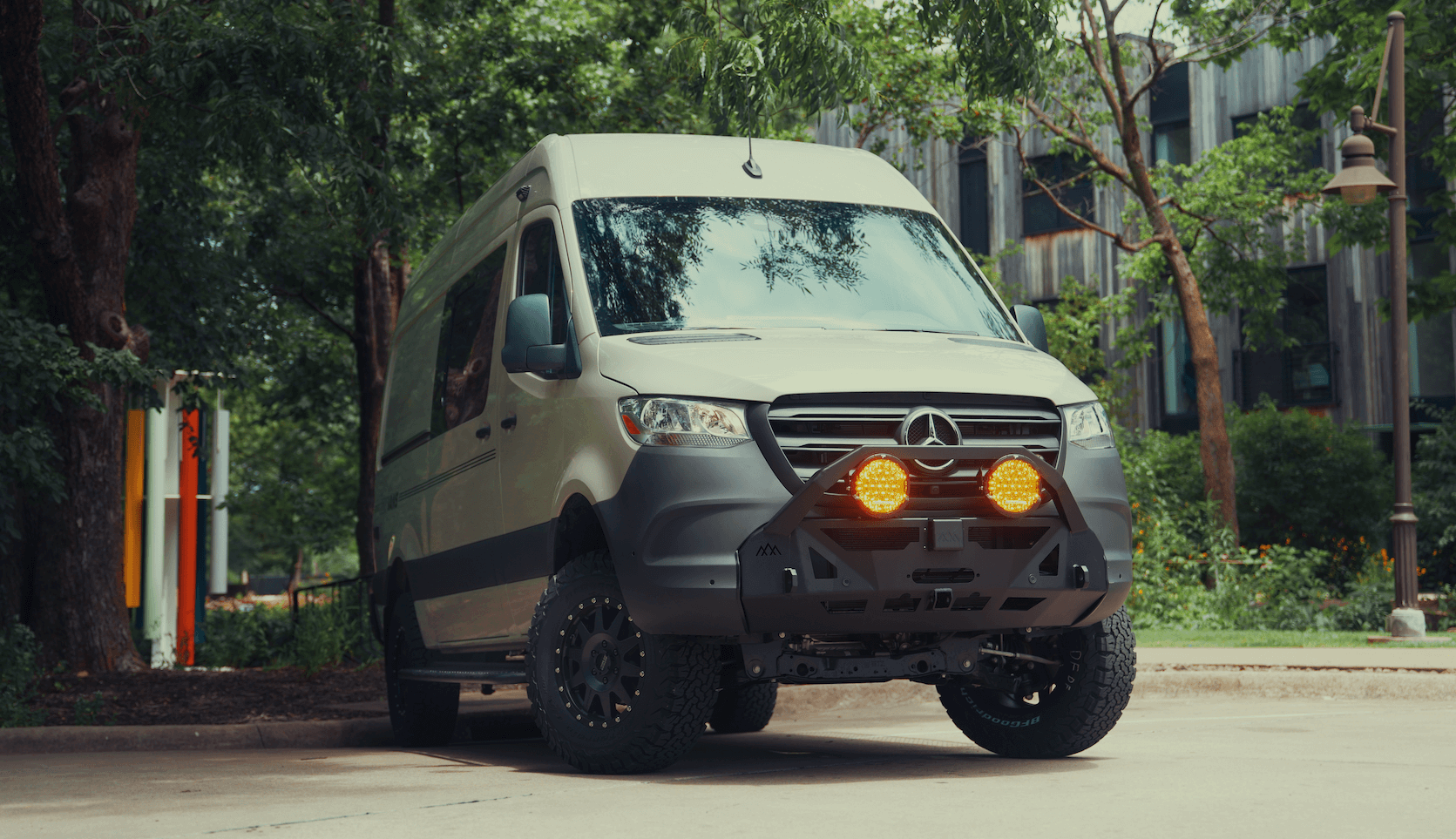Recreational Vans

Soundproofing butyl mats are damping sheets that stick to thin panels and tame vibration. When a road impact or tire hum shakes a metal skin, the mat flexes and converts that motion into a trace amount of heat. This is called constrained layer damping. The result is less ringing, fewer rattles, and a cabin that feels calmer at speed.
These mats work best on large flat panels that easily resonate, like doors, cargo walls, wheel wells, and the floor. They do not block airborne noise on their own. Think of them as silencers for metal drums rather than a thick wall between you and the tires. For the best outcome, use butyl based products that remain stable across temperature swings and avoid asphalt based sheets that can smell or slump.
Typical thickness ranges from 1.5 to 2.5 millimeters, with weights commonly around 0.3 to 0.5 pounds per square foot. Heavier options are not always better. Once a panel is controlled, adding more mass to that same spot returns less benefit than treating another noisy panel.
In many vehicles, proper damping yields a tangible drop in droning tones and sharp resonances. Users commonly report a several decibel improvement in perceived loudness on highway surfaces, along with a more solid door closing feel. The sound is less harsh and conversations become easier without raising voices.
Start with clean, dry surfaces. Remove trim, vacuum grit, and wipe panels with an isopropyl alcohol solution. Temperatures in the sixties to eighties Fahrenheit help the adhesive flow and grab. A small seam roller is worth its weight, because firm pressure bonds the mat and activates the viscoelastic core.
Coverage strategy matters. You do not need to blanket every square inch. Focus on big, flexible sections of sheet metal. Many professionals use a pattern that covers 25 to 40 percent of a large panel, adding tiles until it feels dead when tapped. Floors and wheel wells often see higher coverage due to heavier excitation. Overlap is unnecessary when tiles are pressed tight and edges are sealed.
Cut pieces with a sharp utility blade and back them with the release liner until placement is set. Press from the center outward to avoid trapped air. On curved sections, smaller tiles conform better and reduce lifting. Where moisture can intrude, add edge sealant to discourage water creep.
Because butyl mats handle structure borne vibration, a fuller solution layers materials for distinct jobs. After damping, a thin closed cell foam decoupler breaks mechanical contact between the body and a barrier. Then a dense barrier such as mass loaded vinyl blocks airborne tire and drivetrain noise. In select cabins, acoustic absorbers in cavities help soak up reflections and reduce flutter.
Thermal comfort can also improve, though the foil face on many damping mats offers only modest radiant benefit. Real thermal gains come from proper insulation and sealing. That said, floors and wheel wells with damping plus decoupler can feel less buzzy and transmit less heat from the road.
Tap tests reveal quick wins: a bright ring becomes a dull thud. During road tests, listen for reduced drone near 50 to 70 miles per hour and fewer rattles over expansion joints. If you plan an audio upgrade, damping gives speakers a more controlled baffle, improving midbass clarity.
Our team integrates sound control into van builds and overland upfits as a system, not a single material choice. We treat resonance first with butyl mats on the right panels, then add decouplers and barriers where airborne noise enters. The goal is a cabin that stays composed on washboard county roads and interstate runs alike.
If you are planning a complete adventure build, our Recreational vans overview shows how we combine quiet, climate control, and power systems into a cohesive package. For customers who want a purpose built rig from the frame rails up, explore our Custom build van process to see how we map materials and treatment zones before a single panel goes in. Looking for a platform that can finance at book value, then tune it for comfort and sound quality with our team? Browse Mainstream vans to find the right starting point.
We build and hand off from Fayetteville Arkansas, with an onsite lounge that lets you learn your rig before heading out. Expect a quiet foundation that makes long days on the road feel shorter, music cleaner, and conversations easier.
Tell us how you travel, what roads you drive, and what sounds bother you most. We will engineer a layered approach using soundproofing butyl mats, targeted decouplers, and appropriate barriers, then validate results with a real world test drive. Reach out and let OZK turn that rattly cabin into a calm space for work and play.
Ready for a cabin that stays calm on rough pavement and gravel? Schedule an OZK build or upfit and we will engineer the right mix of butyl mats, decouplers, and barriers throughout your vehicle. Tell us how you travel, and our Fayetteville Arkansas team will craft a quieter, cooler ride that feels dialed from day one.
Ready for a cabin that stays calm on rough pavement and gravel? Schedule an OZK build or upfit and we will engineer the right mix of butyl mats, decouplers, and barriers throughout your vehicle. Tell us how you travel, and our Fayetteville Arkansas team will craft a quieter, cooler ride that feels dialed from day one.
ADDRESS:
6159 E Huntsville Rd, Fayetteville, AR 72701
PHONE:
(479) 326-9200
EMAIL:
info@ozkvans.com